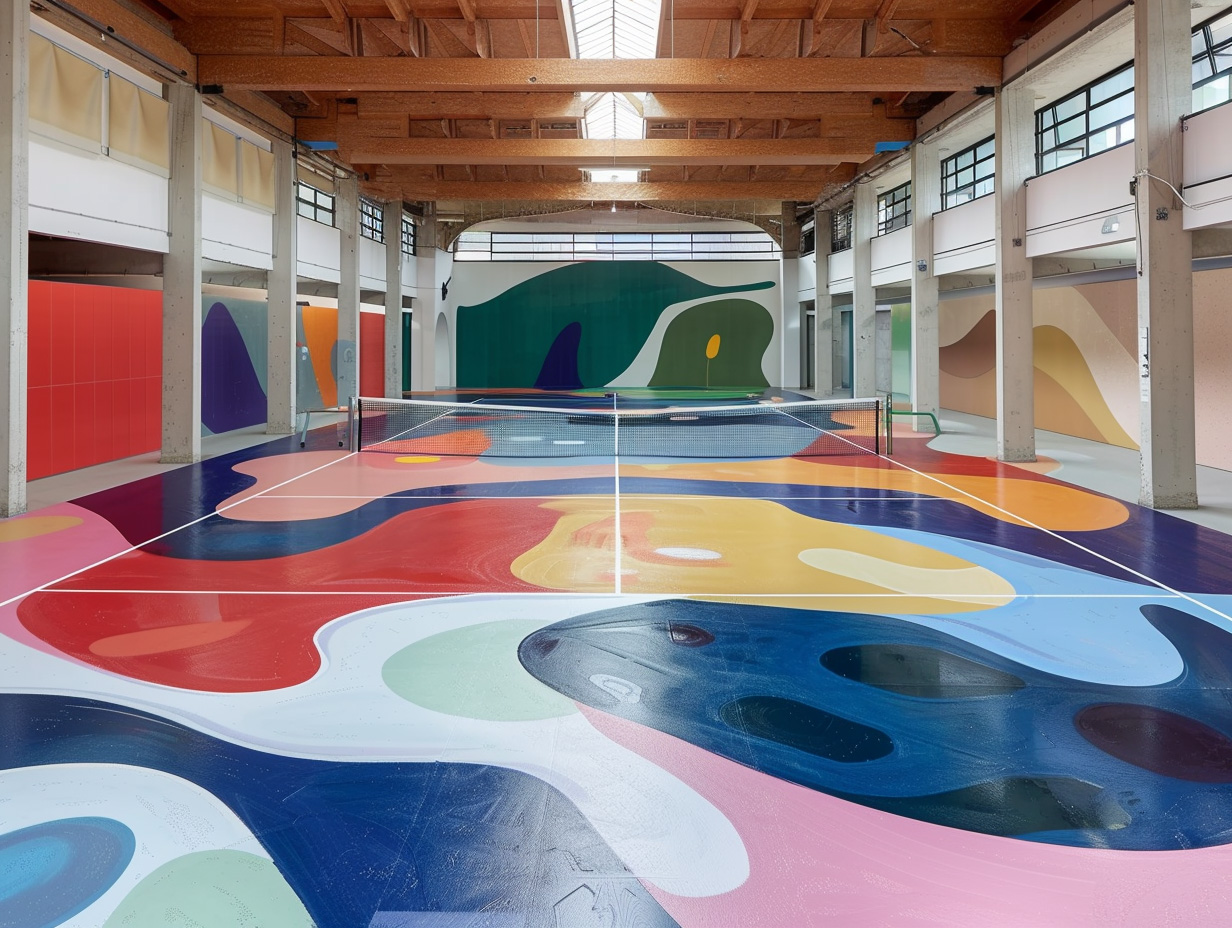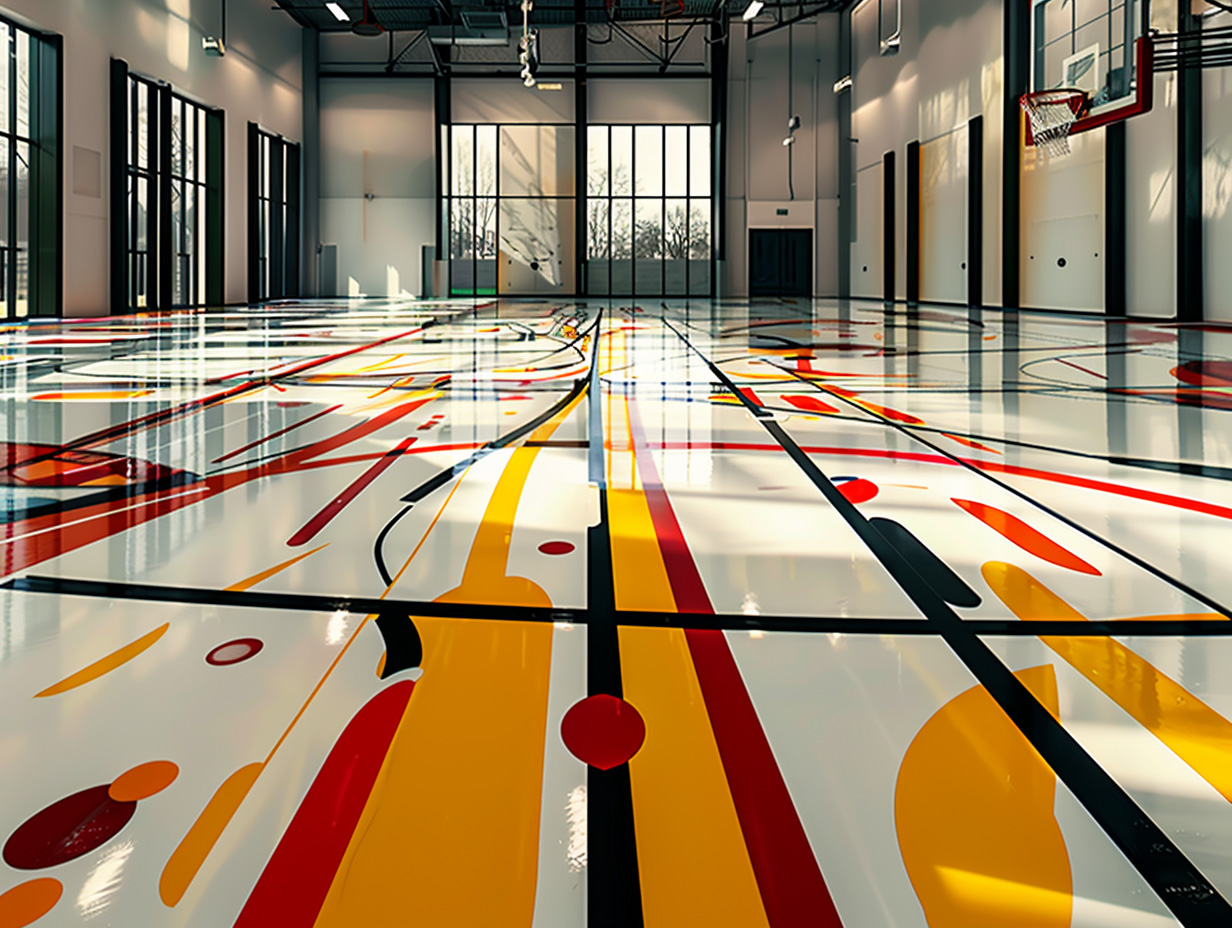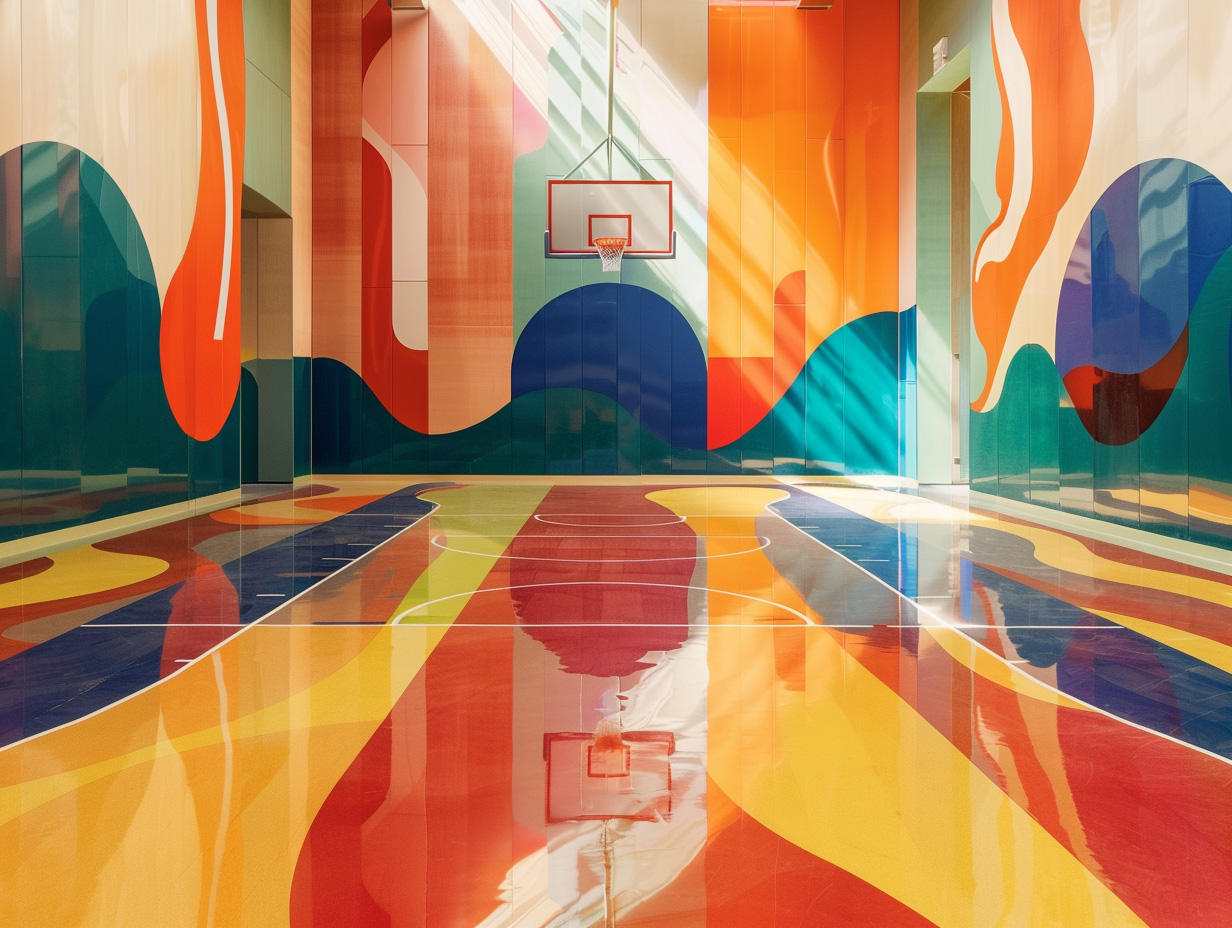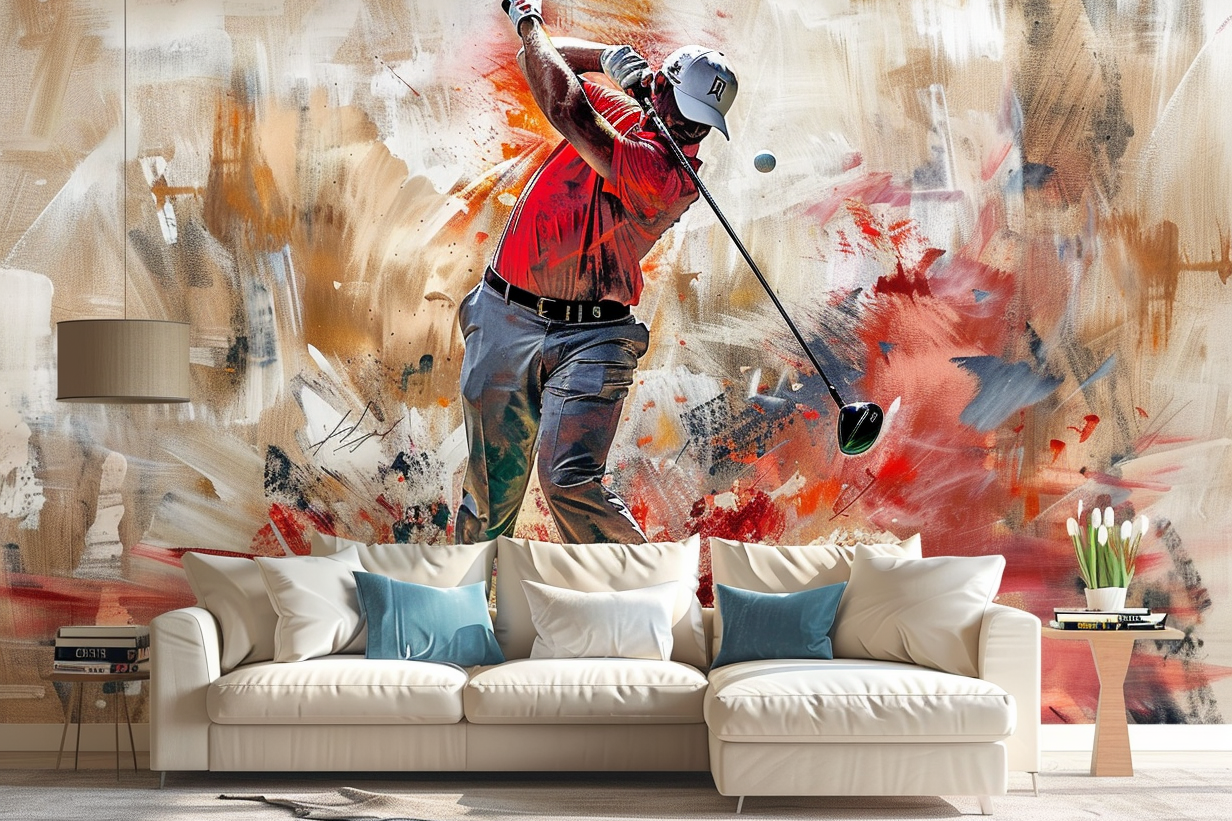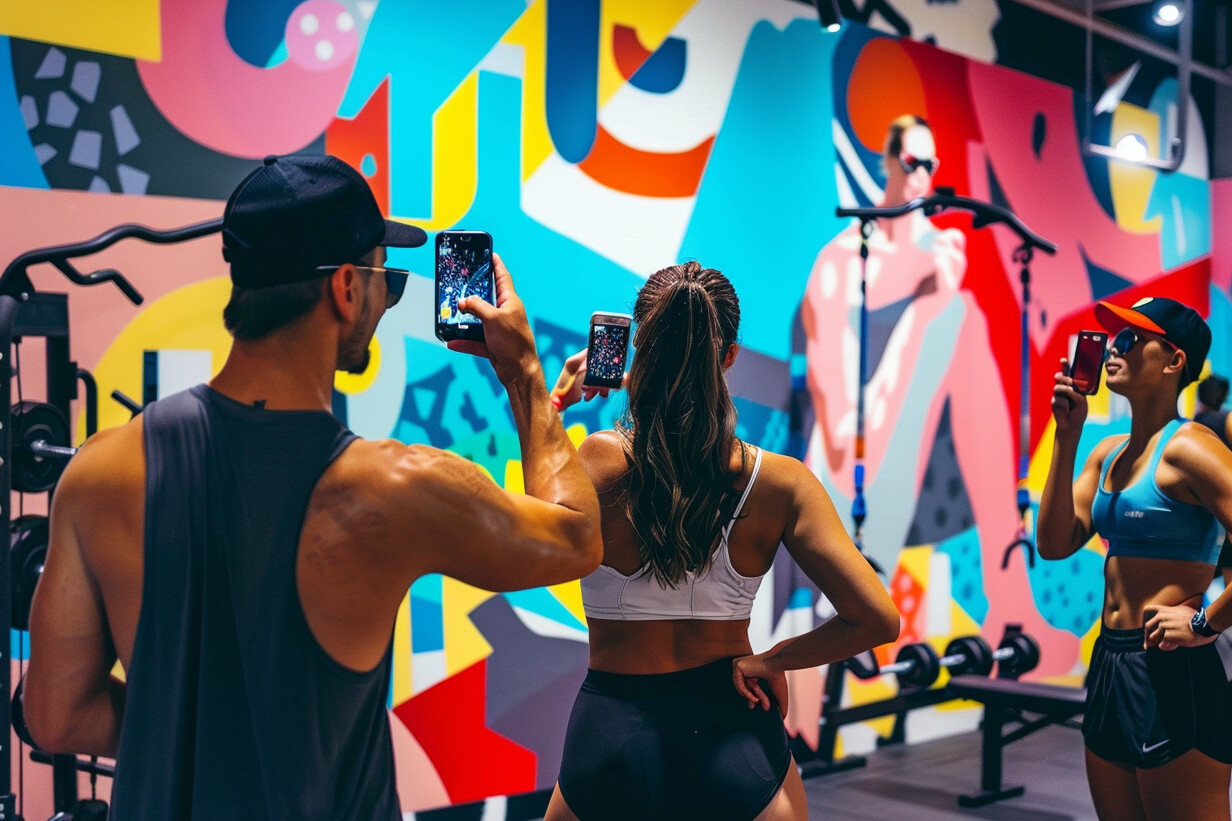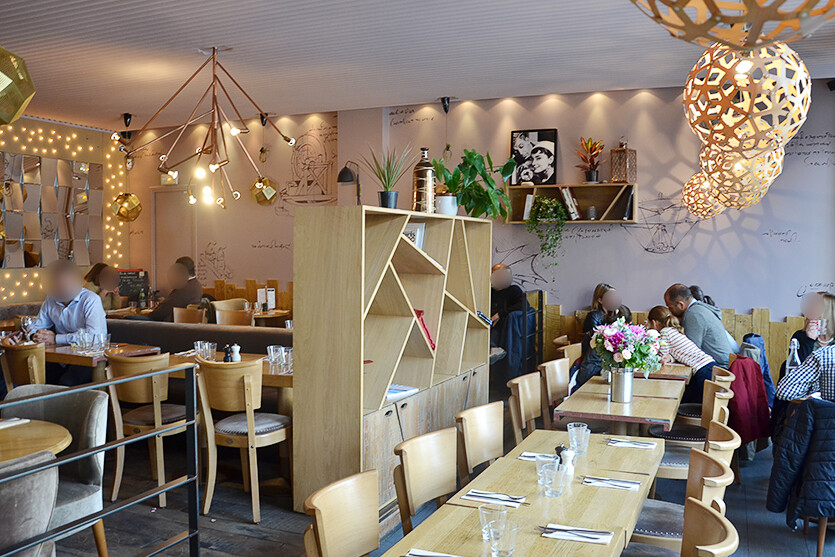In the pulsating heartbeat of a sports facility, where every thud of a basketball and screech of sneakers reverberates with anticipation, one often underappreciated element holds the power to elevate the entire experience – the flooring. Picture this: a meticulously designed surface that not only safeguards athletes from potential injuries but also sets the stage for an awe-inspiring visual spectacle. Welcome to the realm where sports facility flooring transcends its mere practicality to become a vital player in crafting dynamic environments that inspire peak athletic performance and captivate spectators alike. As athletes push their limits and spectators hold their breath in the bustling sports arenas of Dubai, the interplay between safety and design takes center stage, with sports facility flooring emerging as the unsung hero of the narrative. Beyond merely a surface to walk upon, these meticulously engineered floors lay the foundation for greatness, offering a harmonious blend of functionality and aesthetics that seamlessly intertwine to shape the very essence of athletic prowess. Join us on a journey to unravel the symbiotic relationship between sports facility flooring and the boundless possibilities it unlocks in fostering safety, igniting design innovation, and ultimately enhancing the overall athletic experience.
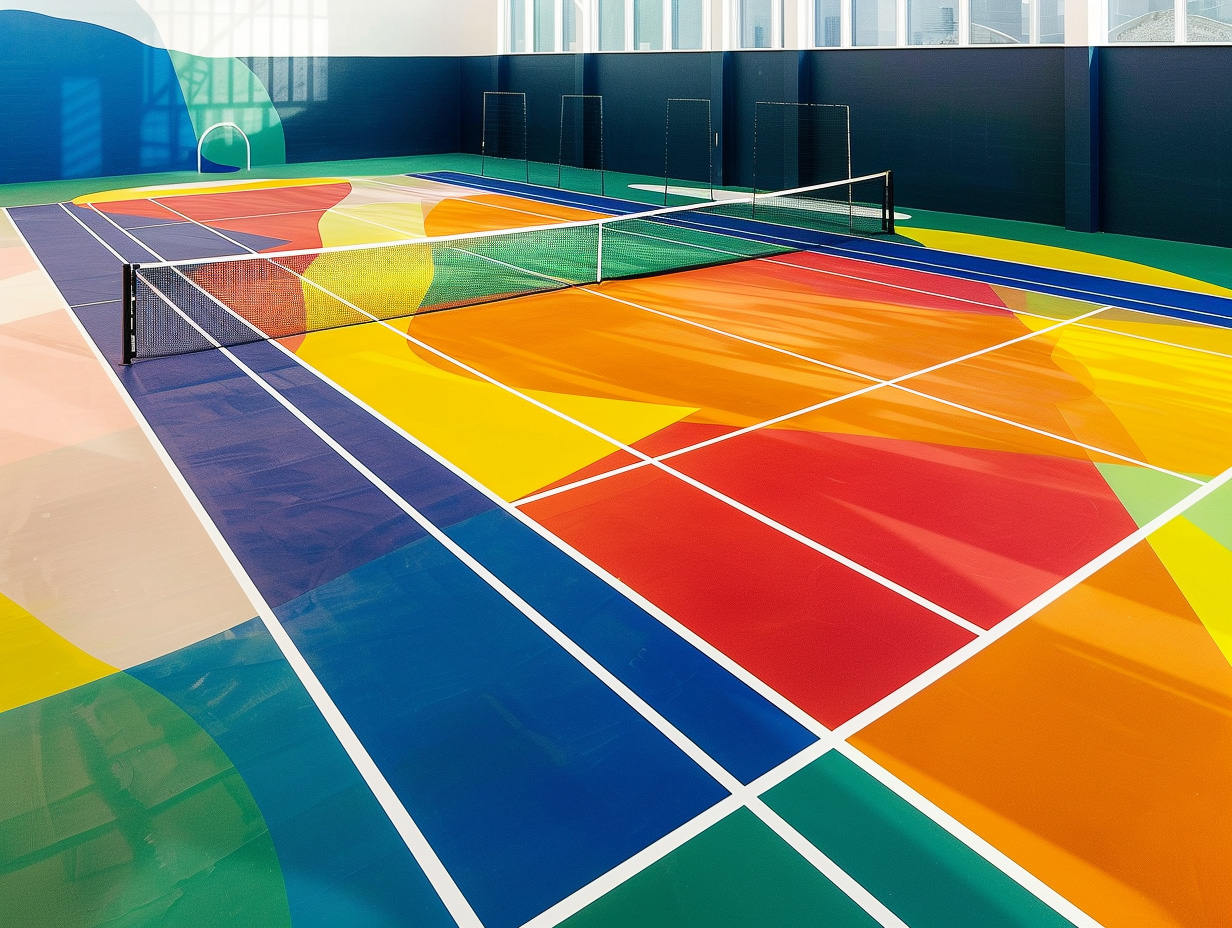 Impact of Flooring Materials on Athletic Performance
Impact of Flooring Materials on Athletic Performance
Sports facility flooring plays a pivotal role in optimizing athletic performance, and the choice of materials can significantly impact the outcome. The right flooring can enhance athletes’ speed, agility, and overall comfort, allowing them to perform at their best. Different sports require different types of flooring to cater to specific needs.
For instance, in basketball courts, hardwood flooring is commonly used due to its excellent shock absorption properties. This helps reduce the strain on athletes’ joints and muscles during intense movements such as jumping and landing. The smooth surface also facilitates quick pivoting and seamless ball movement.
In contrast, sports like volleyball or badminton often utilize synthetic surfaces that offer better traction and grip. These materials allow players to make sudden stops or changes in direction without the risk of slipping. Additionally, synthetic floors provide consistent ball bounce, ensuring fair gameplay.
Moreover, the cushioning properties of certain flooring materials contribute to injury prevention. Rubberized surfaces absorb impact forces, reducing the likelihood of sprains or fractures. This is particularly crucial for high-impact sports like gymnastics or martial arts where falls are common.
Aesthetics in Motion: Design Trends in Sports Facility Flooring
Beyond functionality, sports facility flooring has evolved into a canvas for artistic expression and branding opportunities. Design trends have shifted towards creating visually striking environments that captivate both athletes and spectators alike.
Gone are the days when sports facility floors were plain and monotonous. Today, vibrant colors, intricate patterns, and team logos adorn these surfaces with a touch of personality. From basketball courts featuring bold geometric designs to soccer fields showcasing intricate turf patterns replicating famous stadiums worldwide – every detail contributes to an immersive experience.
The integration of LED technology has revolutionized sports facility design by introducing dynamic visuals. LED-lit floors can display team logos, sponsor advertisements, or even react to the game’s intensity with pulsating lights. This not only enhances the spectator experience but also provides an additional layer of motivation for athletes.
Role of Flooring in Enhancing Performance
Optimal sports facility flooring goes beyond providing a safe and visually appealing surface. It actively contributes to enhancing performance by offering specific features tailored to each sport’s requirements.
One crucial aspect is shock absorption. Floors with adequate shock absorption properties minimize the impact on athletes’ bodies, reducing fatigue and allowing them to maintain their performance levels for longer durations. This is particularly beneficial in endurance sports like long-distance running or cycling.
Another factor is energy return. Certain flooring materials possess the ability to store and release energy upon impact, effectively propelling athletes forward. This can significantly enhance speed and agility, especially in sports that demand quick bursts of acceleration such as sprinting or tennis.
The coefficient of friction is yet another critical consideration. The right balance between grip and slide ensures athletes can make precise movements without losing control or risking injury. Sports like basketball or netball require sufficient grip for quick direction changes, while sports like ice hockey necessitate controlled sliding.
Customization and Branding Opportunities with Sports Facility Flooring
Sports facility flooring offers unparalleled customization options that allow teams and organizations to showcase their brand identity while creating a unique atmosphere.
The ability to incorporate team colors, logos, or mascots onto the playing surface fosters a sense of belonging among athletes and fans alike. It strengthens team spirit and creates an environment that exudes passion and support.
Furthermore, branding opportunities extend beyond the playing area itself. Entranceways, corridors, or seating areas can feature branded floor designs that reinforce team identity throughout the entire facility. This cohesive branding strategy helps create a memorable experience for spectators and enhances the overall ambiance of the sports venue.
Design Aesthetics: Elevating the Spectator Experience
Sports facility flooring is not limited to serving athletes alone; it also plays a vital role in captivating spectators and creating an unforgettable experience.
The visual impact of a well-designed floor can leave a lasting impression on spectators. Whether it’s an intricate pattern that mimics the flow of a river or an abstract design that represents team spirit, these artistic elements contribute to the overall ambiance of the venue.
Additionally, carefully chosen colors can evoke emotions and enhance the atmosphere. Bright and vibrant hues create an energetic environment, while softer tones may evoke a sense of calmness or elegance. The right combination of colors can amplify the emotional connection between fans and their favorite teams.
In conclusion, sports facility flooring goes beyond its functional purpose by enhancing both safety and design aspects. From optimizing athletic performance to creating visually stunning environments, flooring materials play a crucial role in shaping dynamic sports facilities. By embracing innovation and customization opportunities, sports venues can elevate the entire athletic experience for athletes and spectators alike.
Related Posts
1 mai 2024
Incorporating Branding into Sports Venue Design in Dubai
Embarking on a journey into the vibrant…
17 mai 2023
Enhancing Dining Experiences: The Art of Wall Decoration in Dubai
In a highly competitive restaurant…
